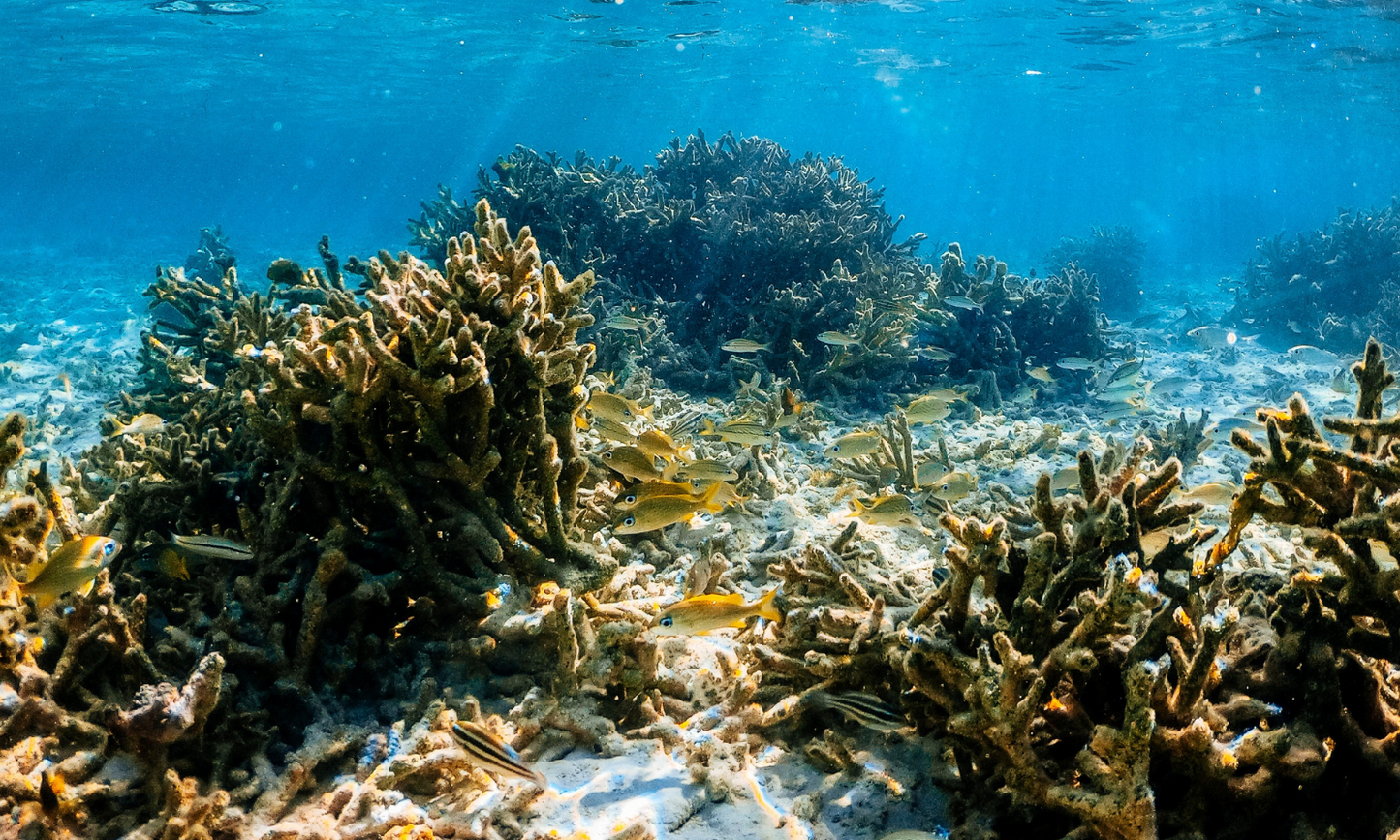
Did you know that coral reefs make up a fraction of the ocean – less than 1% – but they provide a home to around 25% of all the world’s marine life? Aside from the fish using the corals for shelter, animals like turtles, crabs, and jellyfish all use coral reefs for protection against predators, and even spawning grounds.
For readers who are unsure; coral is an invertebrate species (yes, it is an animal), What we consider to be “a coral” is actually a group of small polyps that attach themselves to rock or other hard structures. What we know as a “coral reef” is actually entire colonies of these polyps that grow in warm, tropical waters close to the surface and are usually found near areas with waves. The waves help bring in food, nutrients, and oxygen to support the plants and animals that live in the coral reefs.

Needless to say, these crucial habitats are now being threatened by an assortment of human activities. Studies suggest that up to half of the world's coral reefs have already been lost or severely damaged. And the negative development continues. Scientists predict that all corals will be threatened by 2050 and that 75 percent will face high to critical threat levels.
Factors like pollution, overfishing, destructive fishing practices using dynamite or cyanide, collecting live corals for the aquarium market, mining coral for building materials, and a warming climate are some of the many ways that people damage reefs all around the world every day.
All these activities have created irreversible damage to the coral reefs and deeply affect the surrounding marine life that relies on these reefs. The question now is; what do we do?
While we may not be able to single-handedly reinvigorate all the reefs in the world, Australian entrepreneur Alex Goad may have developed a system to at least help.
Goad created a non-for-profit called Reef Design Lab. RDL is a unique design company that creates coastal habitat infrastructure and artificial reefs. The studio collaborates with international research partners to develop techniques for enhancing the ecological performance of marine structures.
What makes it so unique? Well, they are 3D printing artificial reefs to encourage coral regrowth and reinvigorate local reefs and marine life.

Artificial reefs are not a new concept, however previous methods included using barges to transport large pieces of concrete out to sea.
RDL developed a less-invasive method through their patented technique for 3D printing coral colonies, called Modular Artificial Reef Structure, or MARS. RDL prints are hollow blocks of ceramic, which can be molded into complex shapes, and fills them with concrete for stability. Divers bring these blocks underwater and fit them together like LEGOs to form a cohesive and resilient structure. These structures have been thoughtfully designed to replicate the naturally-occurring intricate designs of existing reefs to help facilitate new coral growth.
In 2016, El Nino (a climate pattern that warms the surface waters in the Eastern equatorial Pacific Ocean), struck the Maldives and effectively disrupted one-third of the coral cover in Australia’s Great Barrier Reef, and killed an estimated 75 percent of the coral cover in the southern Maldives.

In 2018, RDL installed a 3D-printed reef at Summer Island Maldives Resort in an effort to rehabilitate the reefs and encourage marine life to re-inhabit the area. Live coral was then transplanted within the artificial reef, where it's hoped that within two to three years, it will grow and colonize the structure. Over the coming years, marine biologists will study the 3D printed reef and its benefits.
Here at Eco Four Twenty, we appreciate the innovation that comes from 3D-printing! While the technology to print entire reefs may not exist yet, the practice of 3D printing reduces the demand for fossil fuels used to make conventional plastics, because it uses bio-plastic to print!
